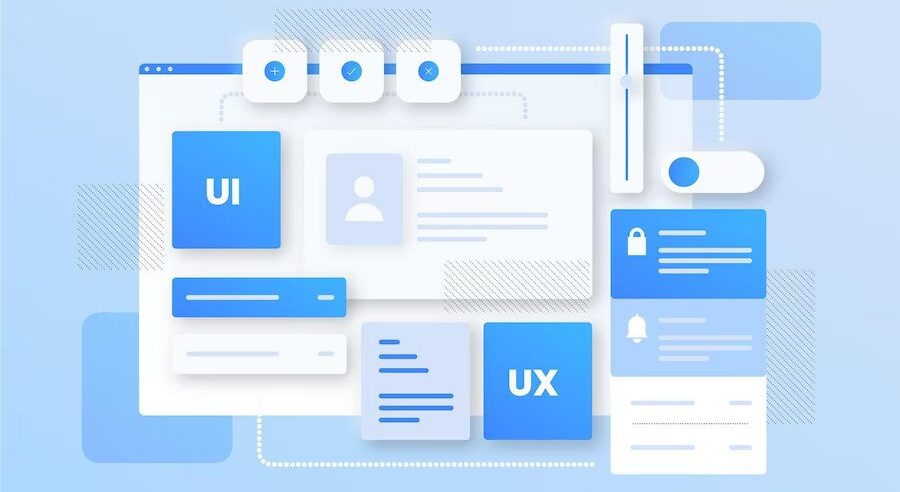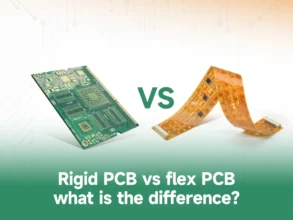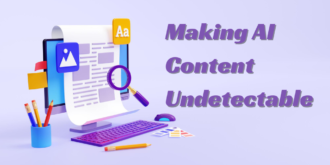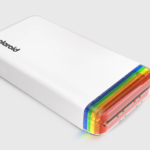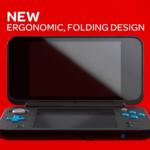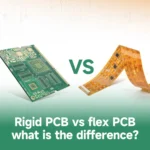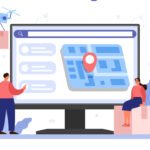User-Centered Design: Definition, Benefits, and Challenges
User-centered design is a concept of making the product accessible and easy to utilize for the final user. This concept can be applied to website design, software design, and even appliance or furniture design.
When you ask a person what makes a good product design, they are likely to point out aesthetics, intuitiveness, and simple navigation (use, operation). This requires significant work on the part of the product developer. To make sure that the product is both functional and user-centric, it’s imperative to build a comprehensive plan, invest in development, arrange testing, and much more.
Focusing on design alone doesn’t guarantee a successful product. It’s impossible to design something based on aesthetics and accessibility. When you dive deeper into user-centricity, you are likely to find many complex elements that make a product tick while being highly usable.
Centering your product around the user is integral to achieving success in your chosen industry. However, without an investment in a comprehensive approach, it’s hard to create a viable product.
User-centered design coupled with a well-planned development process can yield excellent results.
What is user-centered design?
User-centered design is product design that focuses on the user’s needs. Before developing any element of the product, designers and developers think back to the user and identify ways to make that feature easy and pleasant to use. User feedback, needs, and pain points are at the center of the product design.
For example, if you are designing a washing machine, you want to make sure that it’s easy for the user to wash different types of clothes without pressing too many buttons and reading hundreds of pages of manuals.
The same works for custom software development. Software developers carefully study the users’ needs to make sure the new product addresses their pain points seamlessly. Before adding a new feature, designers and developers consider the usability and accessibility of that feature as well as how perfectly it matches the user’s requirements.
Phases of User-Centered Design
In software development, user-centered design is divided into four phases. These phases come into work after the project planning stage. Project planning provides the basis for the design, which later becomes user-centered.
Phase 1: Research and Analysis
At this point, designers and developers analyze the characteristics and pain points of the user. They figure out who exactly will be the final user of the product and how this user will be utilizing it. The team identifies pain points, needs, requirements, and preferences of the user and requests additional information if necessary.
Phase 2: Design and Development
Next, the team defines software requirements. This stage is one of the most important in the software development lifecycle. It involves understanding what exactly the client expects from the product and which functions it needs to cover. At this point, the development team plans the development process and chooses the appropriate methodology.
Phase 3: Testing and Implementation
After the development process is completed, the testing phase begins. When developers provide a beta version, users begin testing the product and figuring out how well the user-centered design works. At this point, errors are identified and removed.
The development and design teams watch users take advantage of the product and figure out how well they are doing it. Then they can implement surveys and collect data to understand which adjustments need to be made before going on to the next phase.
Phase 4: Product Launch
Once the products are tested and adjusted to suit the user’s needs perfectly, the development team launches the product. It’s normal for the user to discover minor issues with the design when the product is already in use. When it comes to custom software development, the design team is always on standby to make corrections to suit the user’s needs better.
Depending on the methodology the team is using, the first three phases can occur several times throughout the development process. Analyzing, anticipating, and meeting the user’s needs are at the center of the development strategy/. If something needs to be adjusted based on user feedback, it can be done seamlessly before the product launches.
Challenges of User-Centered Design
While user-centered design is highly effective, it comes with several challenges that design and development teams are constantly solving.
- Conducting extensive user research – development teams are always pressed for time and rarely have the opportunity to conduct in-depth user research.
- Relationship between designers and developers – companies that don’t use a comprehensive agile approach to development often face a lack of communication between design and development teams.
- Matching usability and company goals – ensuring user-centered design when the client requires a complex product can extend the development timeline.
Overall, the right approach to design and development coupled with a team’s expertise and dedication can yield excellent user-centered product results.
Implementing User-Centered Design
If you are looking to implement user-centered design into your custom product development, you need to work closely with the development team and provide as much data about the user as possible.
Seamless communication between clients, stakeholders, designers, developers, and users can ensure the highest quality of the user-centered product.


